Jeremiah Daniel Baltimore facts for kids
Quick facts for kids
Jeremiah Daniel Baltimore
|
|
|---|---|
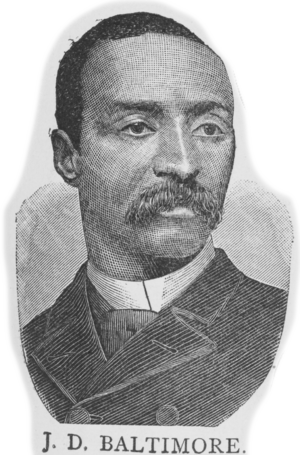
Image of Baltimore from 1887.
|
|
| Born | April 15, 1852 Washington, DC, U.S.
|
| Died | July 29, 1929 (aged 77) Washington, DC, U.S.
|
| Alma mater | Livingstone College |
| Occupation | Engineer |
| Political party | Republican |
Jeremiah Daniel Baltimore (born April 15, 1852 – died July 29, 1929) was an important engineer and teacher in Washington, D.C. For many years, he worked as an engineer for the United States Navy. He also served as the chief engineer at Freedmen's Hospital.
Baltimore was also a dedicated teacher of mechanics. From 1890 to 1922, he was in charge of teaching mechanical skills in the African American schools in the city. He helped test the Navy battleship USS Texas (1892). He also helped start the Potomac Hospital and Training School. In 1903, he became a member of the Franklin Institute in Philadelphia. Later, in 1915, he joined the Royal Society for the Encouragement of Art, Manufactures, and Commerce in London.
Contents
Early Life and His Big Dreams
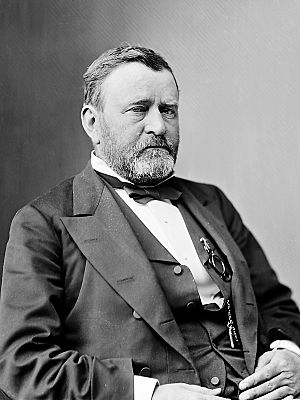
Jeremiah Daniel Baltimore was born in Washington, D.C., on April 15, 1852. His parents were Thomas and Hannah Baltimore. Jeremiah became a Methodist, like his mother. He was baptized at the Wesley Zion Church in 1866.
As a boy, Jeremiah loved to experiment with steam. He told his mother he wanted to be an engineer. She thought it would be too hard to afford school for him. But Jeremiah kept trying. He built a steam boiler and attached it to an engine. It didn't work perfectly at first.
His church pastor, Reverend William P. Ryder, showed Jeremiah's invention. It was displayed at the Wesley Zion Sunday School. Then it went to the U.S. Treasury Department. People there were very impressed. This encouraged Jeremiah to keep going.
Baltimore then built a new steam engine. He used bricks and flower pots to hold melted metal. He melted brass on a kitchen stove. He used simple tools like a file and old shears. This new engine was a horizontal high-pressure style.
With help from Anthony Bowen, a D.C. City Councilman, the engine went to the patent office. Newspapers like the Iron Age in London wrote about his invention. Jeremiah then sent an article about his engine to President Ulysses S. Grant at the White House. President Grant invited Jeremiah to his office. Grant gave Jeremiah a special card. This card asked the Secretary of the Navy to give Jeremiah work. It allowed him to learn about machinery at the Navy Yard.
Starting His Engineering Journey
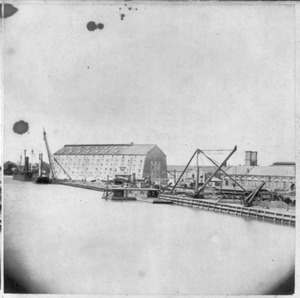
Jeremiah Baltimore got a job as an apprentice. He worked in the steam engineering department at the Washington Navy Yard. There, he faced unfair treatment because of his race. After a few months, he complained. Professor John Mercer Langston helped him. The Secretary of the Navy allowed Baltimore to move. He transferred to the Philadelphia Navy Yard.
He still faced discrimination there. But he worked hard. He studied on his own early in the mornings and after work. His hard work paid off. He was accepted into the Franklin Institute in Philadelphia. He was only the second Black person to join the institute. He finished his apprenticeship around September 1873. He had worked for three and a half years.
After his apprenticeship, he helped repair warships called Monitors. This was at the Philadelphia Naval Station. Later, he worked at a large mill and a manufacturing company. He then moved back to Washington, D.C., for health reasons.
In Washington, he became an engineer for the U.S. Coast Survey. He also opened his own repair shop. On August 2, 1880, he became chief engineer at Freedmen's Hospital. He studied at Howard University Medical College. He also earned a master's degree from Livingstone College in 1883. Baltimore was known for inventing a device called a pyrometer. This device measures very high temperatures. He even received a patent for it. He also helped bring together Black and white mechanics' unions in 1887.
Teaching and Community Work
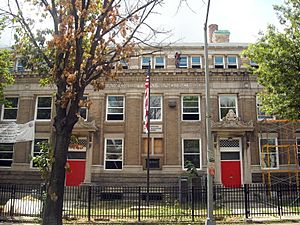
Baltimore was active in politics, supporting the Republican Party. He was a delegate at national conventions in 1876 and 1880.
In 1890, he was chosen to lead machine instruction. This was for the Black public schools in Washington. He held this important job until 1922. Part of his role was teaching at the Armstrong Manual Training School. He was a respected professor. He used methods from the U.S. Bureau of Steam Engineering. One of his clever ideas was building an engine made of glass. This helped students see how the engine worked. They could also see how heat affected water.
In 1895, the Navy asked him to be an assistant engineer officer. He served on the trial board for the battleship USS Texas. In 1906, Baltimore helped start the Potomac Hospital and Training School. He also served as its treasurer.
Awards and Groups He Joined
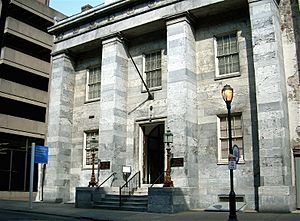
Baltimore was very involved in Washington, D.C. society. In 1875, he became recording secretary of the Colored Sabbath School Union. Sometimes, his scientific ideas were different from religious views. For example, in 1876, he debated that geology showed the world was older than 6,000 years.
He was part of many literary and debating clubs. He was an officer in "The Institute" and the Young Men's Brilliant Star Association. In the 1890s, he led the Literary Lyceum of Metropolitan Zion Wesley Church.
In 1882, he became president of a group. This group worked to help Black people in Washington develop skills and businesses. He was also an officer of the Association of Steam Engineers. He helped organize presentations for the Jamestown Exposition in 1907.
He was a member and vice president of the Oldest Inhabitants Club. He was also a Mason, belonging to the Eureka Lodge.
Baltimore received many honors during his life. In 1903, he was elected a member of the Franklin Institute in Philadelphia. In 1915, he became a member of the Royal Society for the Encouragement of Art, Manufactures, and Commerce in London.
Family Life and Passing
Jeremiah Baltimore was a long-time trustee of the Metropolitan A. M. E. Zion Church. On May 29, 1872, he married Ella V. Waters. Ella passed away on May 7, 1889.
Baltimore married again in November 1908 to Jeanett E. Anderson. Jeanett was an art director in the public schools.
He had two sons, Richard L. and Jeremiah A., and one daughter, Ella A. Bryant.
Jeremiah Daniel Baltimore died on Monday evening, July 29, 1929. His funeral was held at the 19th Street Baptist Church, where he was a member.

